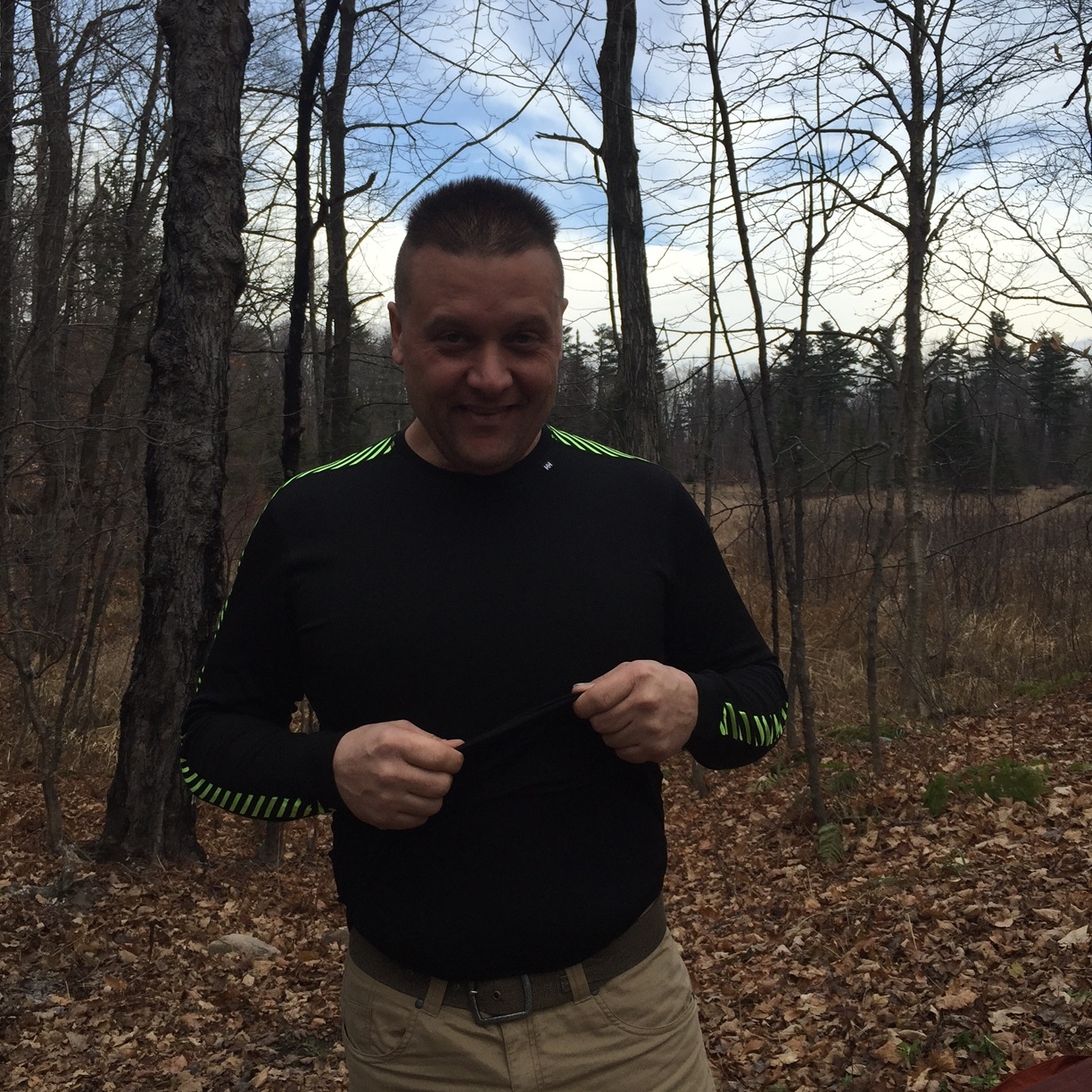The Top Fuel Experience
/Many people buy their cars based on how many miles (or kilometres) they can travel on a single tank of gas. There are other features like cargo space, leg room, and style, but for arguments sake, we will focus on fuel economy. Some modern car manufacturers can boast that their cars can achieve as much as 55 miles to every gallon of gas (mpg), or more. In the world of drag racing, where getting from point A to point B, as fast as possible from a standing start is the only goal, fuel economy is non-existent.
The fastest, most advanced category in drag racing is Top Fuel. While this vehicle does have four wheels and a driver’s compartment, it is not technically a car. It is a purpose-built, racing machine capable of attaining speeds of 330 miles per hour (mph) or 530 kilometres per hour (kph). That is more than five times the legal speed on any 400 series highway in Ontario. What makes this even more astounding is that this is accomplished in just 1000 feet or 308 metres and under four seconds.
This machine is commonly known as a dragster, an elongated form that can be as much as 25 feet long with a wing on both front and back. The rear wing can generate downforces of 2000 pounds onto the rear tires, helping the dragster gain much needed traction.
Propelling this vehicle down the track is a 500 cubic inch, all-aluminum V8, producing roughly 8000-10000 horsepower (hp). No one really knows exactly how much horsepower these engines make simply because there is no engine dynamometer that can withstand the violent power these engines can produce. Five hundred cubic inches may sound like a lot, but in drag racing, this engine is considered small. With modern technology, engines can now grow to 1005 cubic inches. The average family sedan we see every day travelling the streets past our homes, have roughly 117 cubic inch engines producing a paltry 150-200 hp.
Fueling these 500 inch bullets is a fuel known as nitromethane, or more commonly referred to as nitro in drag racing. Nitro is a combustible fuel that when poured out onto a level surface, it will burn with a gentle blue flame, appearing almost like liquid. Gasoline on the other hand, burns violently with rolling, black smoke and yellow flames. Inside the engine is where gasoline and nitro take on even more drastic differences. Nitro is an oxygen based fuel. It carries its own oxygen source with it. So, if you want your engine to make more power, you simply add more fuel, where as with gasoline, there is a delicate balance that must be maintained if the engine is going to operate correctly.
Going back to fuel economy, even a car with bad fuel economy such a Chevrolet Camaro with a 426 hp engine, can achieve over 20 mpg. A Top Fuel dragster will burn roughly 12 gallons of fuel on a single run lasting less than four seconds. All of this fuel is forced into the engine via a top-mounted supercharger, producing 50 pounds of boost (One pound of boost is equivalent to twice the amount of atmospheric pressure being forced into the engine cylinders). If we were to translate that into mpg, a single mile under full power would require 63 gallons of fuel. One gallon of nitromethane costs $67.00 US. Figuring in exchange, and totally disregarding the lunacy driving a Top Fuel dragster on a public road at full power, a typical 10 kilometre commute to work would cost upwards of $25,326.00. Hardly economical. What makes nitro so violent is that under the compression of the supercharger forcing that toxic cocktail of fuel and air into a space smaller than your fist, compliments of the piston moving upwards to the pinnacle of the compression stroke, is that nitro doesn’t burn at this stage. It explodes. Violently. That is why if you ever go to a Top Fuel race, the first thing that is evident is that the sound is completely different. It almost sound like a series of small explosions at idle.
Reaching these insane speeds in less time it takes to sneeze, you're at risk of equipment fails, engines self-destruct, and sometimes tires literally coming apart. Top Fuel is an extreme sport done in the safest manner possible. There are emergency crews at both ends of the track and paramedics waiting for the inevitable to happen. Some drivers have died in the pursuit of speed, yet many drivers accept the danger willingly. Speed is addictive, it’s that rush of adrenaline that hits you with the push of the accelerator pedal. Like most sports, it is very expensive. As the old saying goes, speed costs money, how fast do you want to go?
MARK LENTZ
I'm a 44-year-old guy currently planning my first long-distance hike. It will start on the first of May, 2016, and will cover 2518 kilometres, from Echo Lake in California to Manning Provincial Park at the British Columbia border. This will be my biggest, grandest, most epic accomplishment in my life so far.
PCT (Pacific Crest Trail Organization) MEC (Mountain Equipment Co-op)
hiking, trail, backpacking, backpack, tent, hiking shoes














